Winter weather in Kansas can be unpredictable, and for students, few things are more exciting than the possibility of a snow day. But what actually goes into the decision to cancel school?
The decision for snow days ultimately comes down to the superintendent. For Renwick, that person just so happens to be my father, Tim Hayden. In his second year as the superintendent, he has already called off school several times for bad weather and I wanted to give our readers an inside look at the process and the challenges Renwick Schools face when winter weather hits.
While some school districts implement late starts due to inclement weather, Renwick has historically not used this option and has utilized a straightforward approach when it comes to inclement weather: they either hold a full day of classes, or, cancel school altogether. Practices and school related activities also have altered times or are ultimately canceled as well. While many students prefer the full day off, some have wondered if it would be better to have a delayed start as compared to having no school at all. This poses the question: Why doesn’t our school district have a delayed start for bad weather?
“Our administrative team has discussed the possibility of implementing late starts, especially for extreme cold days,” Hayden said. “If temperatures are dangerously low in the early morning but expected to warm up by mid-morning, a delayed start could help keep students safe while still allowing us to have school.”
However, when it comes to snow accumulation, late starts pose significant challenges. Unlike larger districts with dedicated snow removal crews, Renwick’s maintenance and custodial teams already work long hours to clear parking lots and sidewalks. “A few extra hours in the morning wouldn’t be enough time to make all six of our campuses safe for students and staff,” Hayden explained.
Some smaller districts in the Wichita area, such as Haven, Halstead, or Hesston, can implement late starts more easily because they have fewer bus routes and a more centralized student population. Renwick, however, operates more like a suburban district than a rural one.
“We cover 200 square miles with six schools in four different communities. Where smaller districts might have only four buses for the whole district, we have three or four routes for each of our schools,” Hayden said. “That makes coordinating a late start much more complicated.”
Having grown up in Colorado, Hayden recalls a very different approach to snow days. “I never even heard of a snow day until I came to Kansas,” he said. “Back home, we’d get one or two feet of snow instead of one or two inches and school would still go on. My elementary school even had a sledding hill, and we were outside for recess nearly every day. Everyone who lived in town went to school no matter the weather. The only kids who might miss school for bad weather were the kids who lived ten or twenty miles out in the country.”
While snowfall in Kansas may not compare to Colorado, Hayden admits the cold here feels harsher. “The wind in Kansas cuts right through you, and ice storms before snow are something I never dealt with growing up,” he said.
Canceling school is never a decision made lightly. According to Hayden, student and staff safety is the top priority, and several factors are considered:
When asked what it takes to cancel school, Mr. Hayden said, “There are three main factors we look at when it comes to canceling school. Those factors include extremely cold weather, road and sidewalk conditions, as well as decisions from around the area. When the weather drops below -15°F, we must strongly consider canceling school. At those temperatures, it’s dangerous for students who have to wait outside, even if it’s just for a couple minutes, not to mention our buses can also struggle to operate with fidelity when it is that cold.”
Other factors when making the decision to cancel include ensuring our buildings can keep up with the cold weather,” he said. When it’s -15 or colder, freezing water pipes are a real possibility and if a few heating units go down, our buildings can get cold really quick. It can be a challenge for our maintenance crew to maintain heat in buildings across the district while also trying to assist with snow removal.”
“Snow accumulation is another reason we are forced to cancel school. We must evaluate the safety of travel for our buses, as well as the students and staff who drive. When we receive more than 4 inches of snow, our maintenance crew needs time to clear sidewalks and parking lots to ensure safe access to our buildings. If conditions are too hazardous or our crews can’t get everything cleared in time, we may need to cancel.”
As the weather forecasts roll out and the winter storms begin to move in, area superintendents stay in close communication when making weather-related calls. “Sometimes, if neighboring districts close, it can put added pressure on other districts to consider the same—especially when families and staff commute across district lines,” Hayden noted.
As winter continues, students may dream of snow days, but one thing is certain—there’s a lot more that goes into the decision than just watching the forecast. Superintendent Hayden and his team carefully evaluate every situation to make the best call for the Renwick community. With more winter weather on the way later this week, more snow days could be in store.

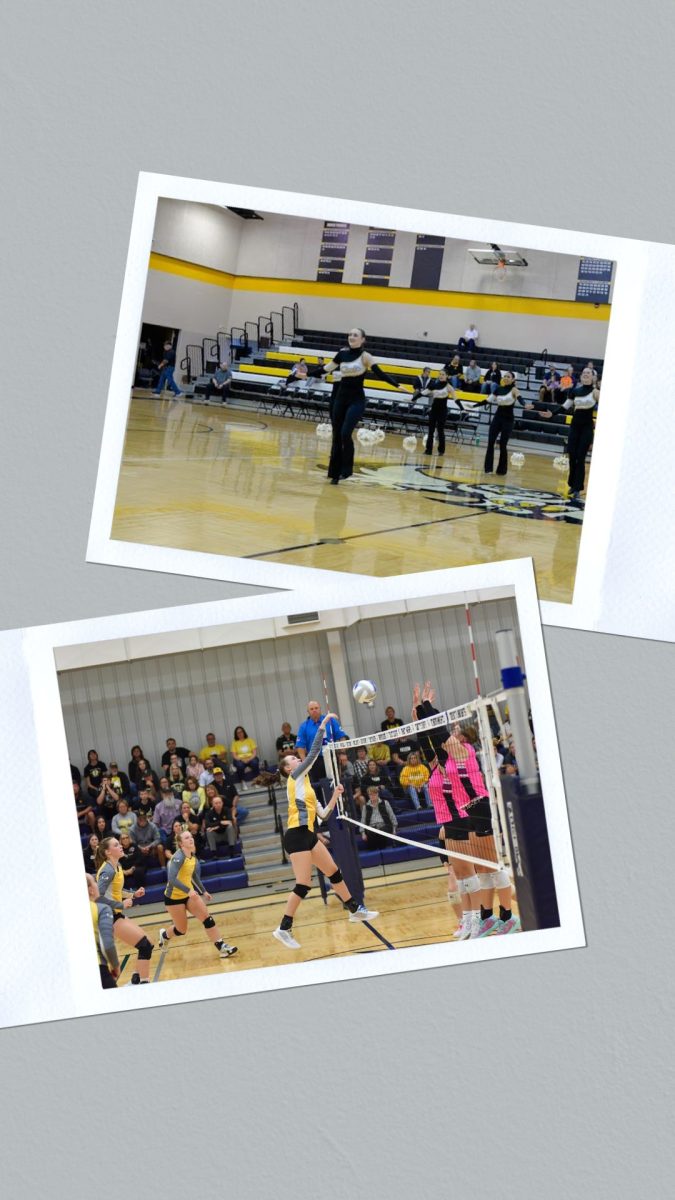
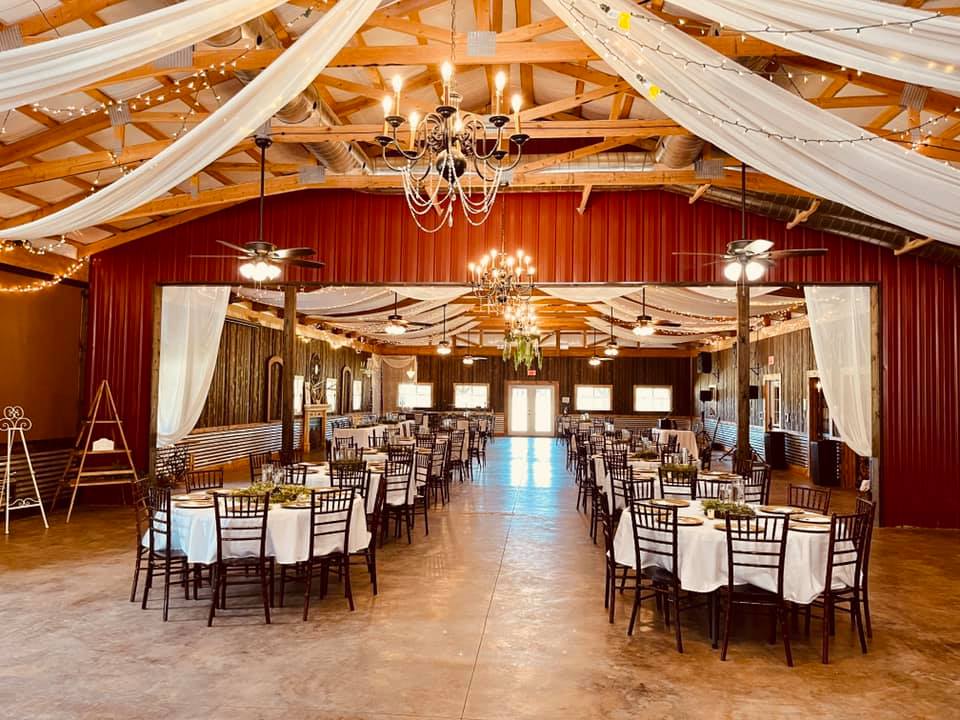


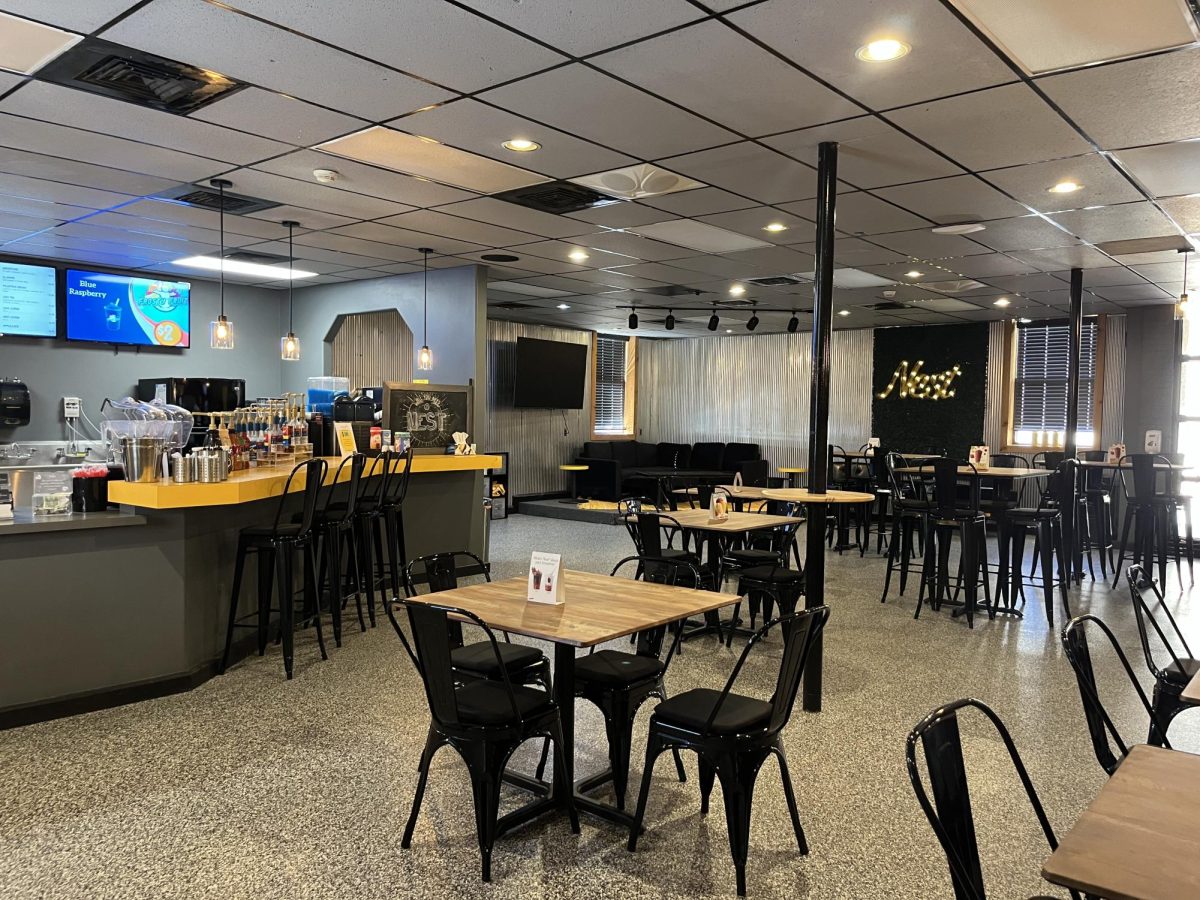

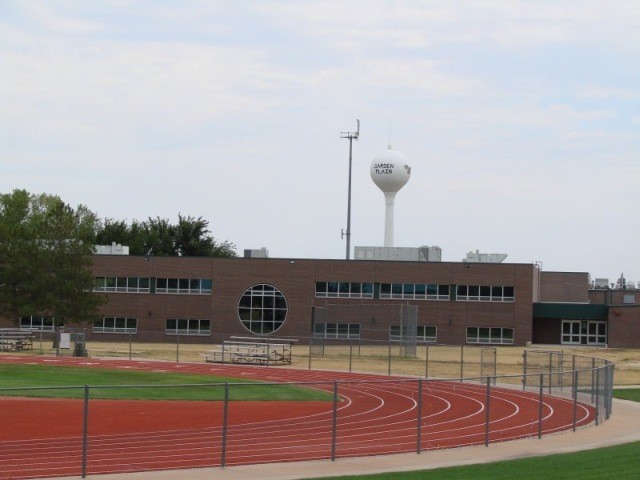


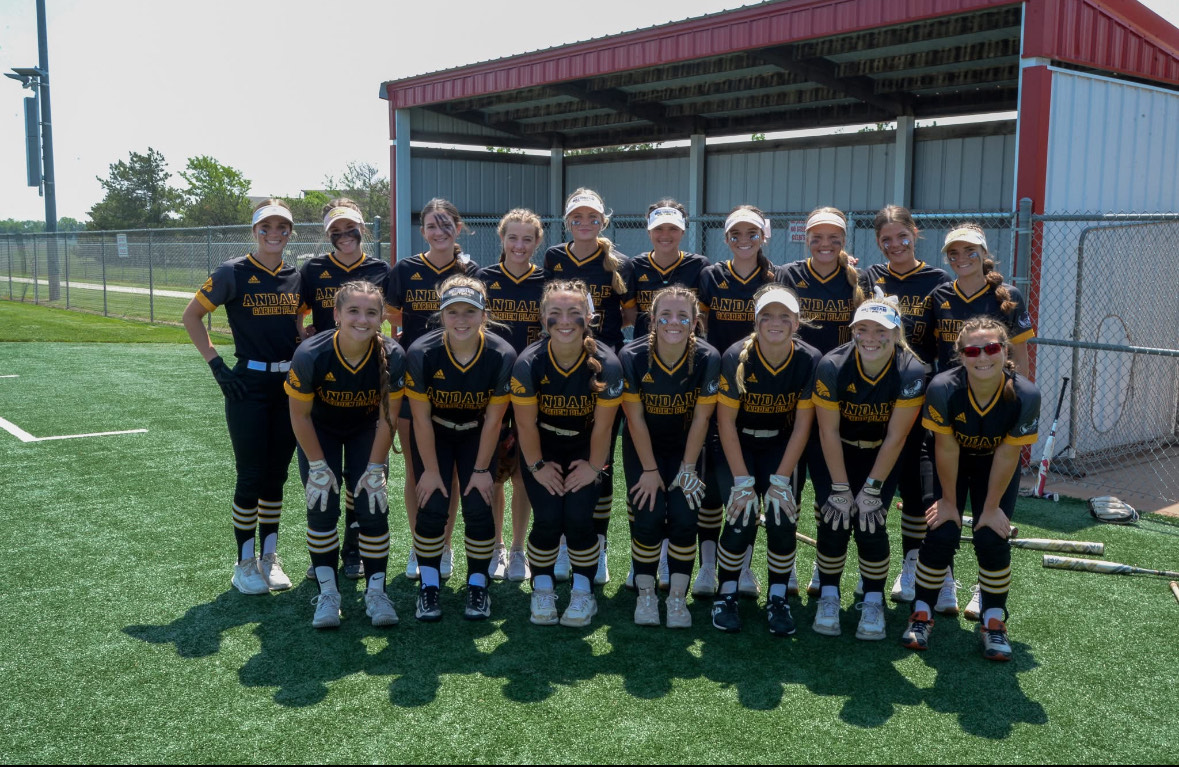



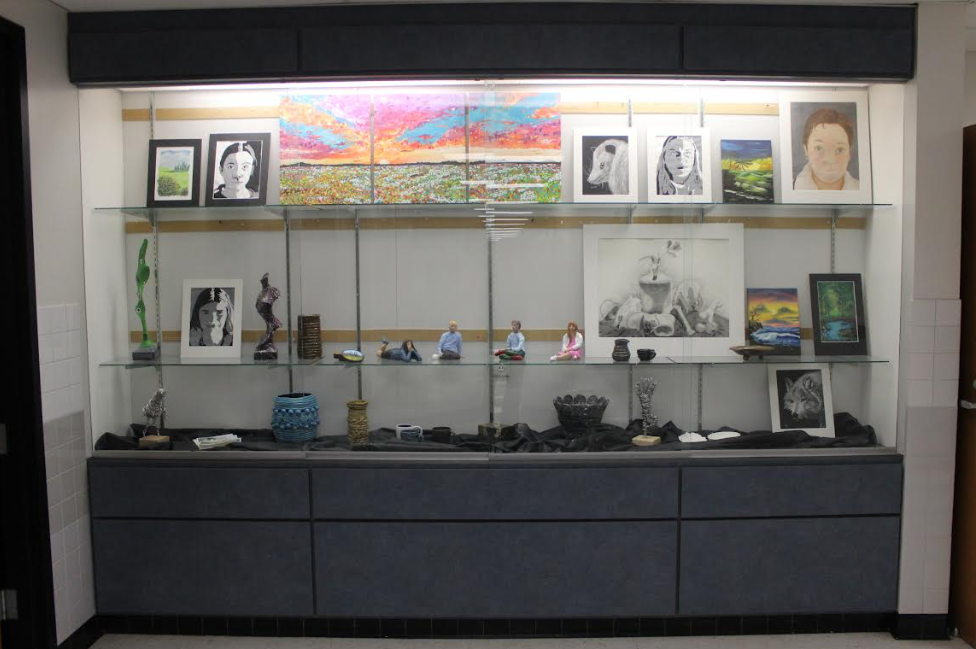
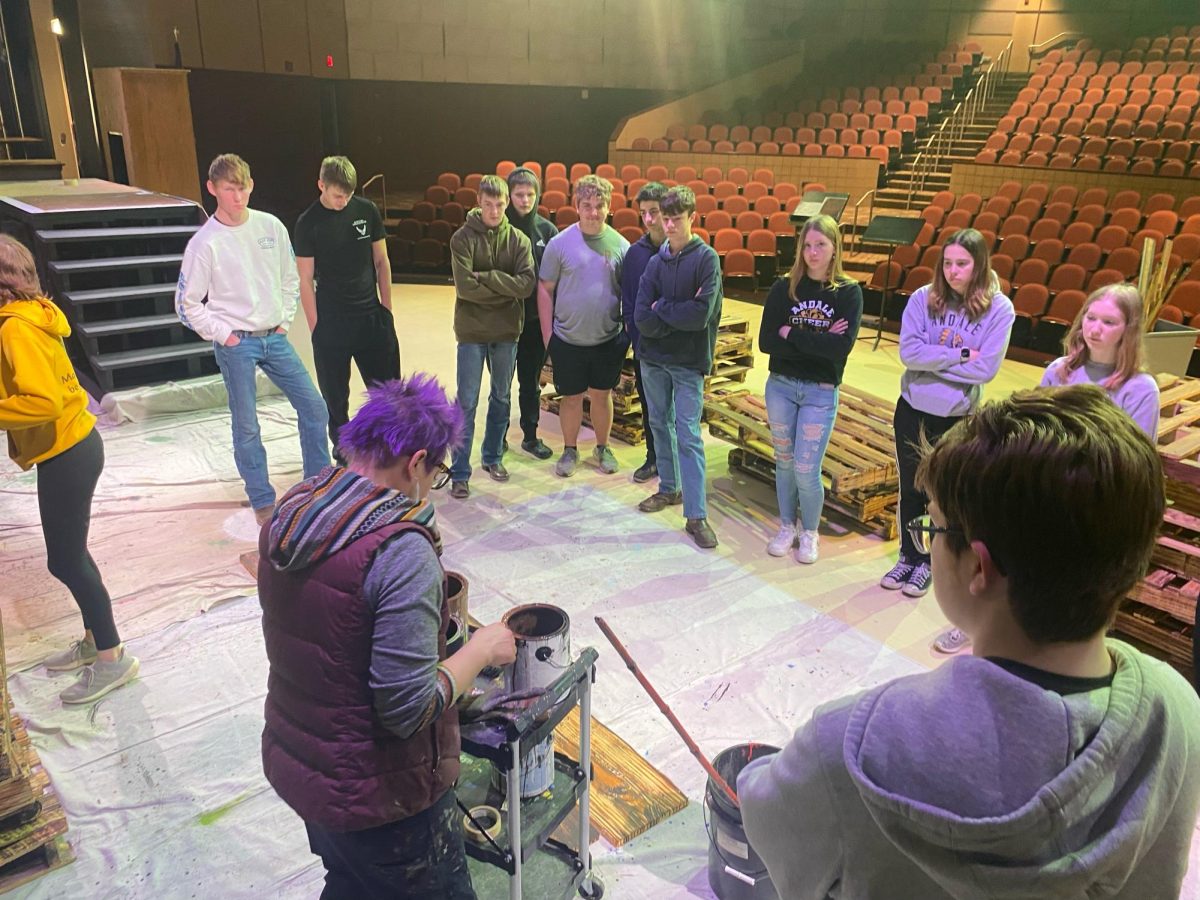

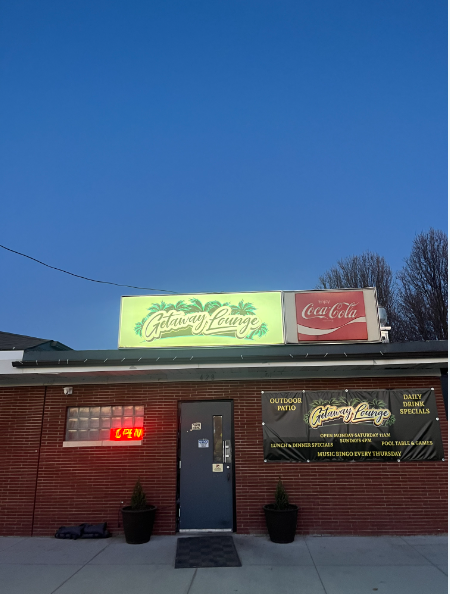





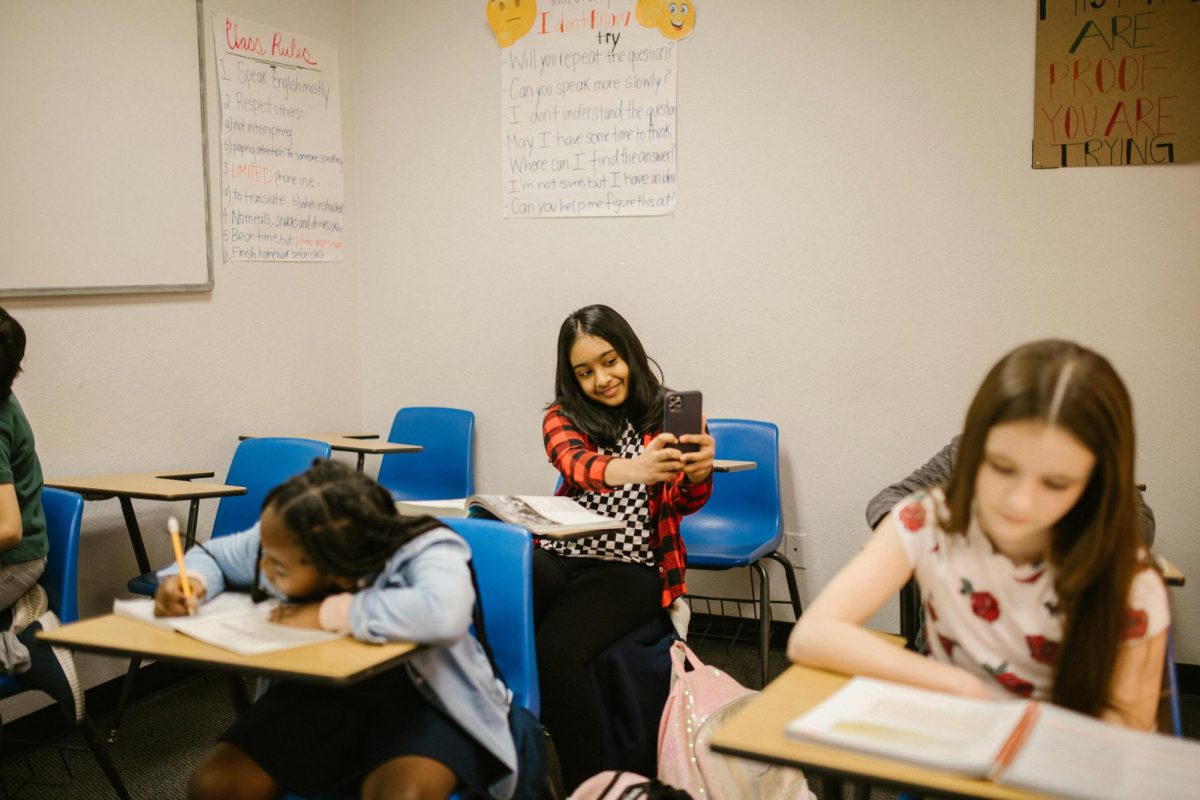






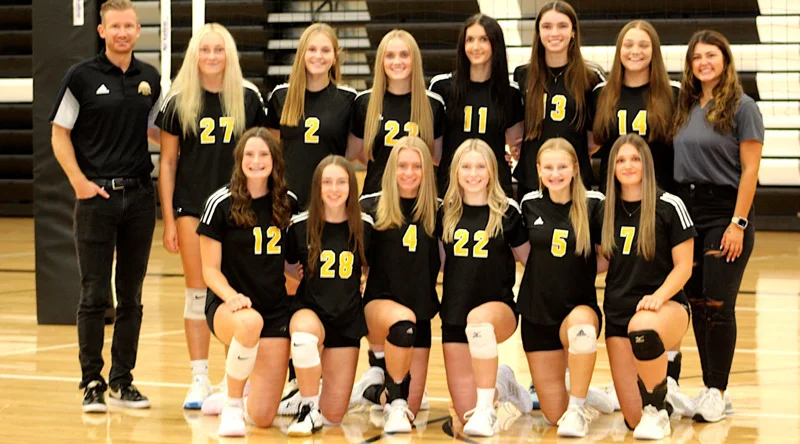


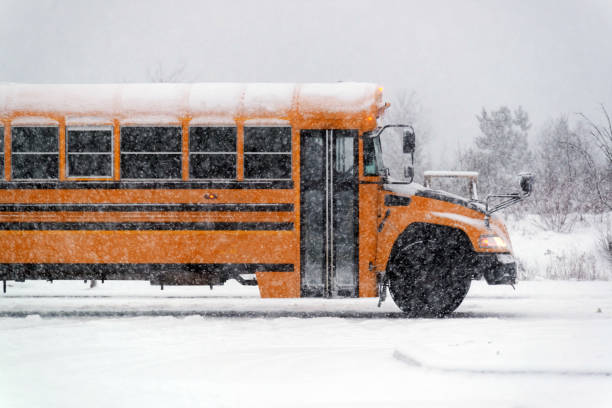


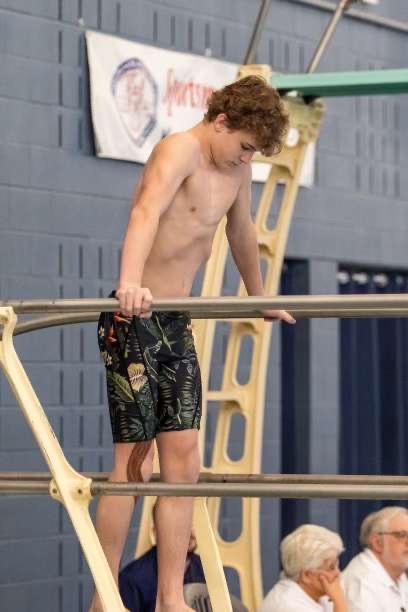
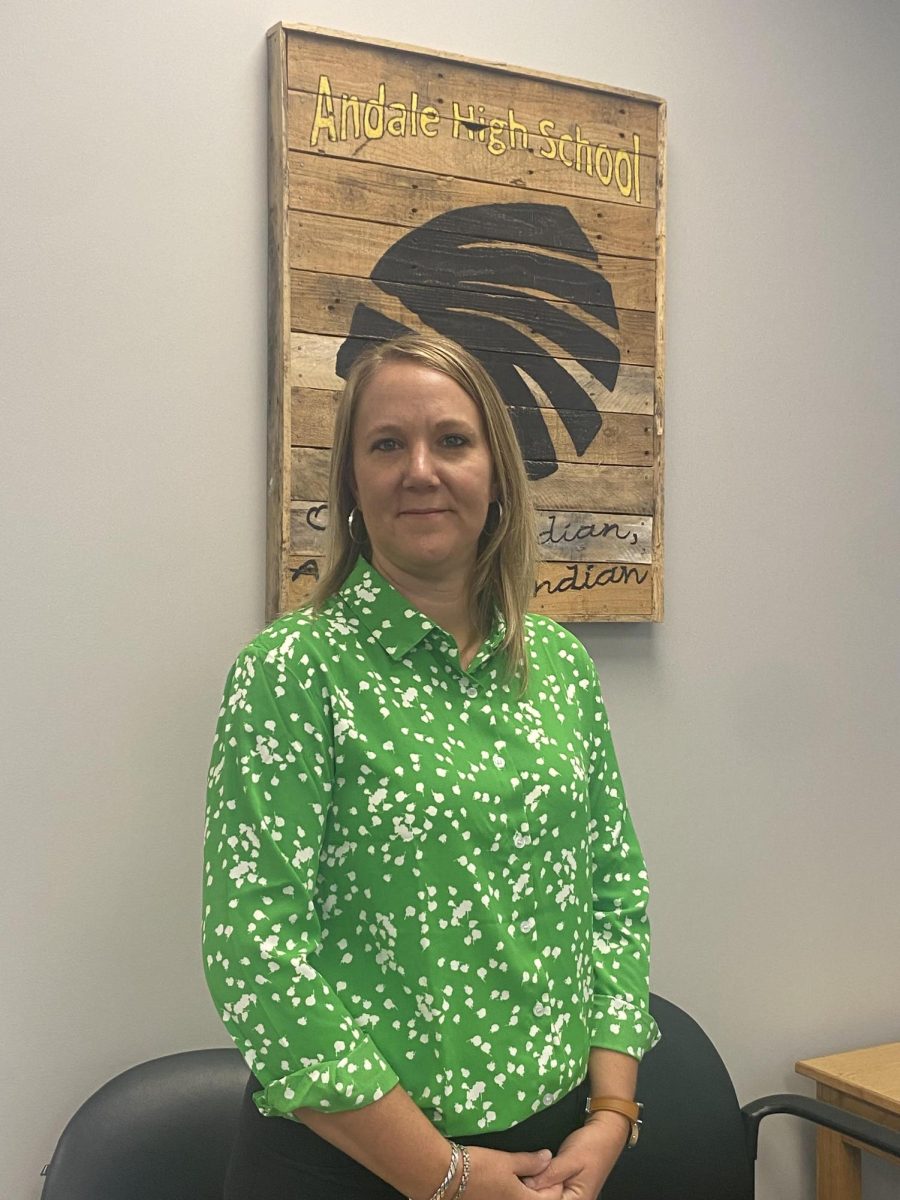

Susan White • Feb 18, 2025 at 9:06 am
Thank you for this article! Very well written with great information. You gave a peek inside of the decision and that it doesn’t seem as easy as it seems. With our transportation, it is really a matter of safety for our students but also timing for those who drive several routes, including SPED routes and activities. Late starts would take so much coordination between schedules of staff, drivers and then the parents who are already at work when their kids are picked up for school, or who leave as soon as they are picked up. As a bus driver, I have kids who get in the bus every morning in shorts, short sleeves and no coats…my own kids did the same too. But for their safety if I get stuck or my gas or brake lines freeze up I appreciate not diving in the bitter cold.
Very nice article